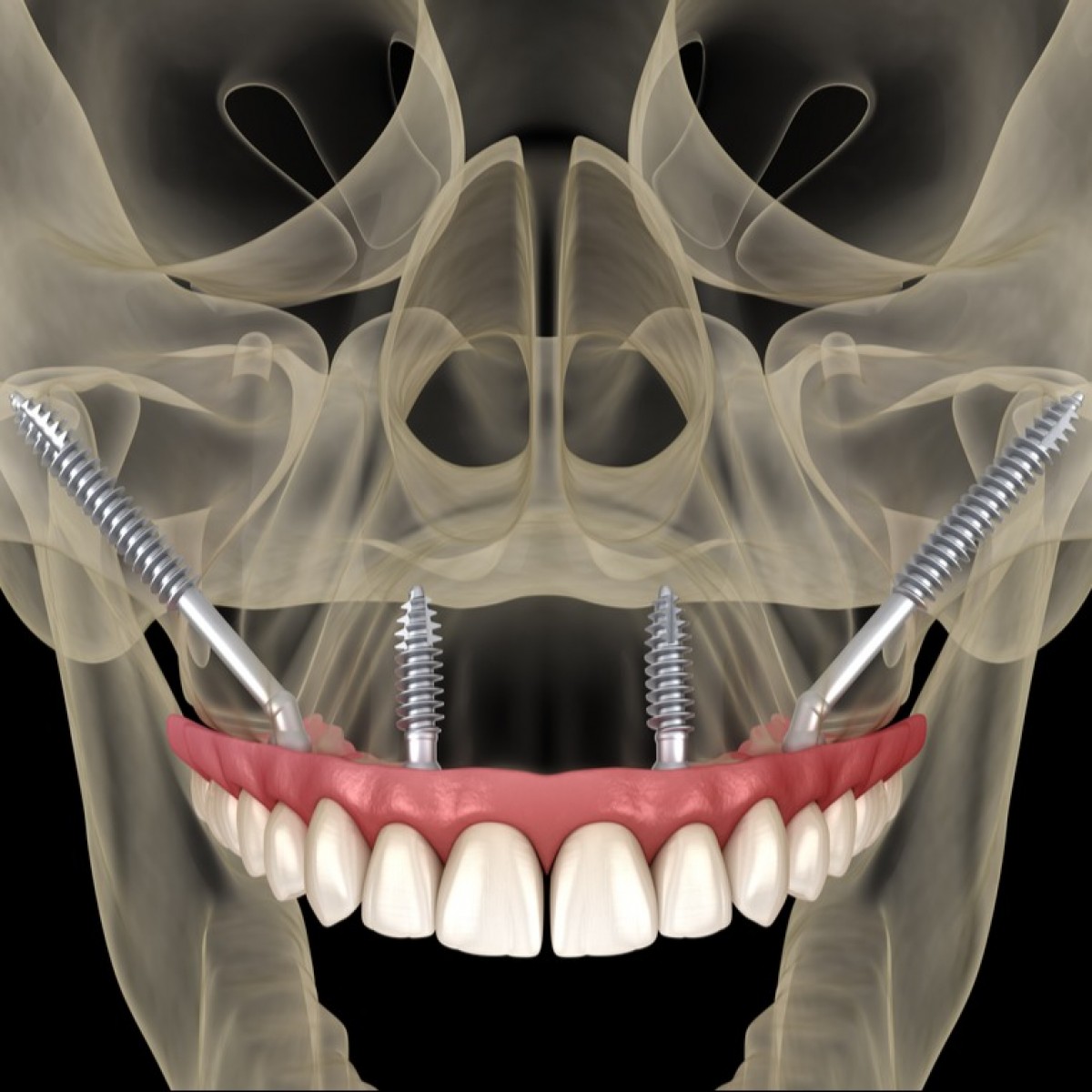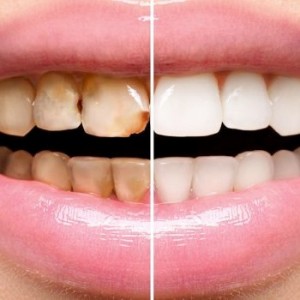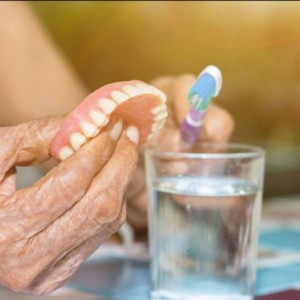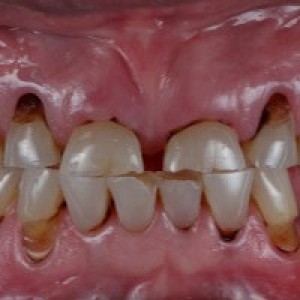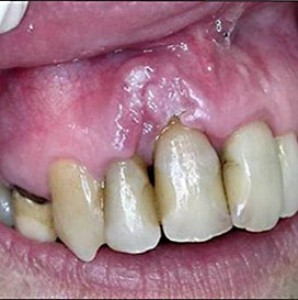
Clinical complications with implants and implant prostheses
The purpose of this article is to identify the types of complications that have been reported in conjunction with endosseous root form implants and associated implant prostheses.
A Medline and an extensive hand search were performed on English-language publications beginning in 1981. The searches focused on publications that contained clinical data regarding success/failure/complications. The complications were divided into the following 6 categories: surgical, implant loss, bone loss, peri-implant soft tissue, mechanical, and esthetic/phonetic.
The raw data were combined from multiple studies and means calculated to identify trends noted in the incidences of complications. The most common implant complications (those with a greater than a 15% incidence) were loosening of the overdenture retentive mechanism (33%), implant loss in irradiated maxillae (25%), hemorrhage-related complications (24%), resin veneer fracture with fixed partial dentures (22%), implant loss with maxillary overdentures (21%), overdentures needing to be relined (19%), implant loss in type IV bone (16%), and overdenture clip/attachment fracture (16%).
It was not possible to calculate an overall complications incidence for implant prostheses because there were not multiple clinical studies that simultaneously evaluated all or most of the categories of complications. Although the implant data had to be obtained from different studies, they do indicate a trend toward a greater incidence of complications with implant prostheses than single crowns, fixed partial dentures, all-ceramic crowns, resin-bonded prostheses, and posts and cores.
Authors: Charles J Goodacre, DGuillermo Bernal, Kitichai Rungcharassaeng,Joseph Y.K Kan
Source: https://www.thejpd.org/
 Related articles
Related articles
TheraBreath, the #1 alcohol-free mouthwash brand in the U.S.*, has introduced a new line of dentist-formulated, clinically tested toothpastes designed to support professional oral care...
This systematic review aimed to provide an overview of zirconia implants as well as regarding the outcome of the implant-restorative complex in preclinical studies.
The concept of the minimal important difference (MID) of an oral health-related quality of life (OHRQoL) questionnaire has been proposed to refer to the smallest OHRQoL score difference considered to...
Digital Dentistry 14 August 2025
Application of digital workflow and technologies in clinical paediatric dentistry: a scoping review
The purpose of the present scoping review is to map the literature reporting on the application of digital workflows and digital technologies in the diagnosis, treatment, or management of dental...
The purpose of restorative dentistry is to restore and maintain health and functional comfort of the natural dentition combined with satisfactory aesthetic appearance.
 Read more
Read more
Editorials 10 October 2025
With proud smiles and crisp white coats, ninety-three learners from the DDS Class of 2029 and the International Dentist Pathway Class of 2028 marked the start of their dental careers at the UCSF...
Periodontology 10 October 2025
Continuous professional development (CPD) in Periodontology refers to the overall framework of opportunities that facilitate a life-long learning practice, driven by the learner-practitioner and...
TheraBreath, the #1 alcohol-free mouthwash brand in the U.S.*, has introduced a new line of dentist-formulated, clinically tested toothpastes designed to support professional oral care...
News 10 October 2025
New officers and trustees were installed at the Minnesota Dental Association’s Leadership Conference on September 19 in Minneapolis.
News 10 October 2025
Smartee Denti-Technology today announced that Professor Gang Shen, its Chief Scientist and Executive President of TaiKang ByBo Dental, has once again been named to the World’s Top 2% Scientists...


